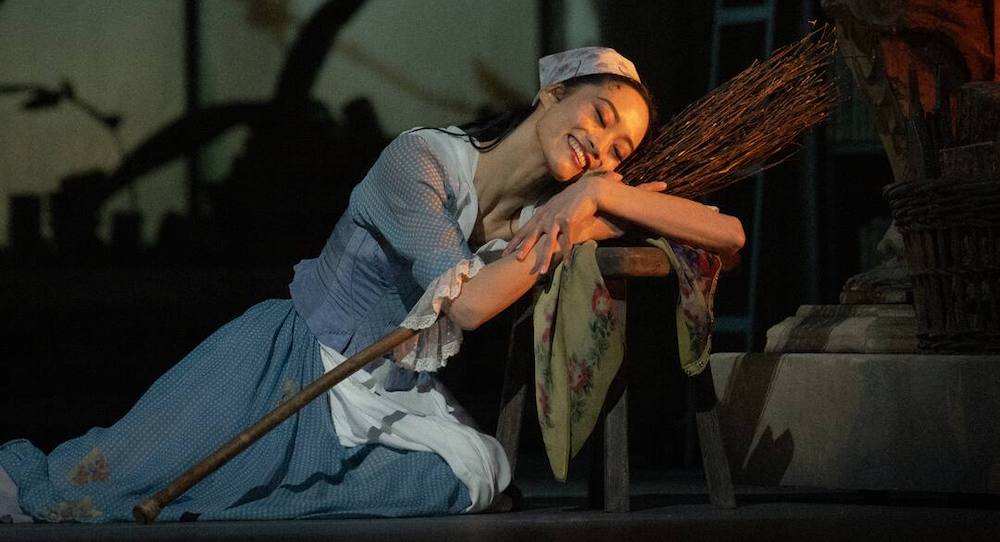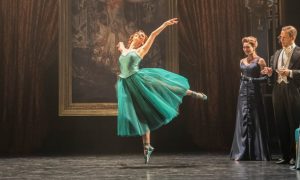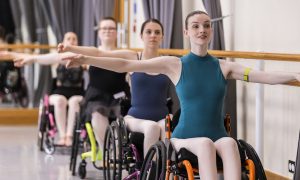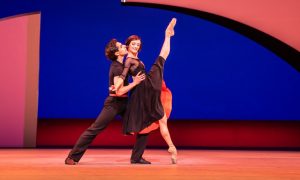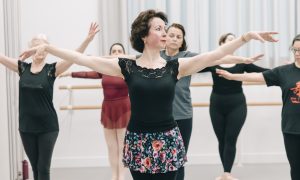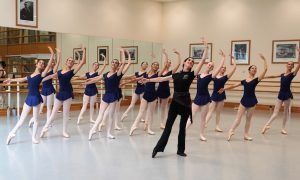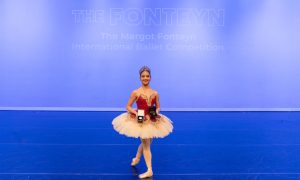“We’re delighted to present 11 of our productions in over 1,500 cinemas in the UK and across the globe. Our cinema relays unlock audiences around the world, so even more people can enjoy performances from our world class companies in their own hometowns,” said a spokesperson for The Royal Ballet and Opera.
The 2024-25 season saw The Royal Ballet and Opera House, Covent Garden London, open their largest ever selection of accessible performances. With lift access in the theatre and many step-free routes to seats, free companion tickets for carers, and wheelchair spaces, a wide range of ways for people to enjoy ballet, opera and music is on offer. To meet the requirements of deaf, blind, partially-sighted and neurodivergent people, like many other dance and theatrical companies, sensory-adapted performances are offered, as well as touch tours, and several audio-described, captioned and British Sign Language interpreted performances. The Royal Ballet and Opera believes in promoting equal opportunities and welcomes audiences from across the world. With cinema relays beginning in 2008, this exceptional way of reaching even more inclusive audiences has many benefits.
Kevin O’Hare, Director of The Royal Ballet, said, “We’re thrilled to share with our cinema audiences, the riotously inventive Alice in Wonderland by Christopher Wheeldon, Frederick Ashton’s magical fairytale Cinderella and Kenneth MacMillan’s searing dramatic tragedy Romeo and Juliet. We also have a special 40th anniversary screening of The Nutcracker, which is sure to delight.”
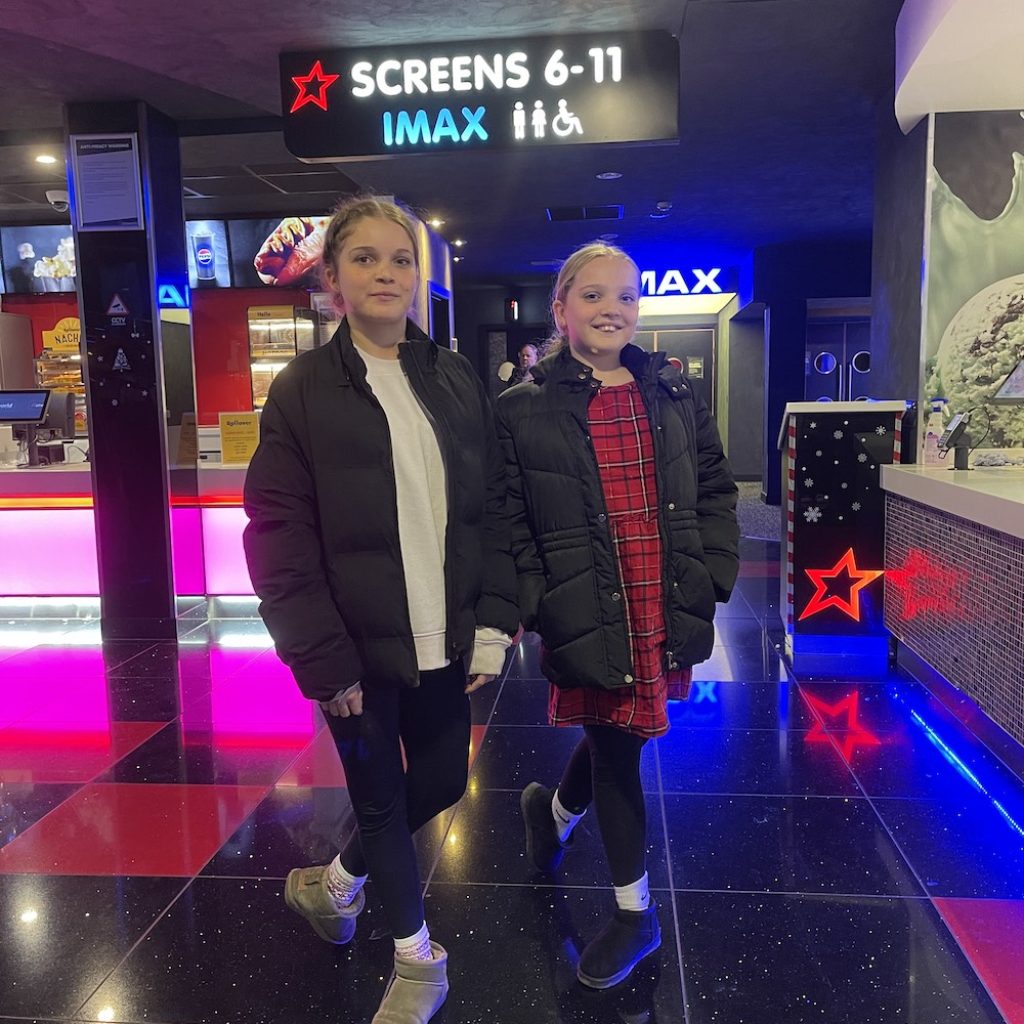
Melanie Wickham took her daughters who are training in ballet, to watch The Nutcracker at a cinema relay. Acknowledging that tickets are more expensive than regular cinema tickets, but cheaper than travelling to London, she said, “I wasn’t sure about how I’d feel watching in the cinema rather than the theatre, but it was amazing, it really held my attention.”
“Clara showed her emotion through her dancing, and the camera goes up close so you can see her face. We’d definitely go again,” Bethany and Kaitlyn Wickham said, of their impression seeing live ballet at the cinema for the first time.
Seated in the auditorium at my local cinema to watch Cinderella alongside a fellow ballet teacher, we were immediately appreciative of the roomier seats and legroom as compared to those in most theatres. As ballet teachers, we were keen for the close-up action to view dancers’ footwork, executions, partner rapports and even the use of breath in their movements. Joyfully, there would be no leaning to see past the head of the person in front or missing a corner of the stage due to seat location.
Presenting the cinema relays are co-hosts Dame Darcey Bussell and Petroc Trelawny, a British classical music, radio and television broadcaster. They greet cinema audiences enthusiastically and during each interval conduct unique interviews, whilst dancers can be seen in the background leaving the stage, or warming up for the next act, allowing viewers fascinating backstage insight.
“People don’t realise what a wonderful time it is to spend an afternoon or an evening watching ballet at the cinema,” said regular livestream cinema-viewer Ron Collie. “It’s almost as good – if not better than being in the theatre. You can see all the details and the expressions more easily, all without the hassle of going into London.”
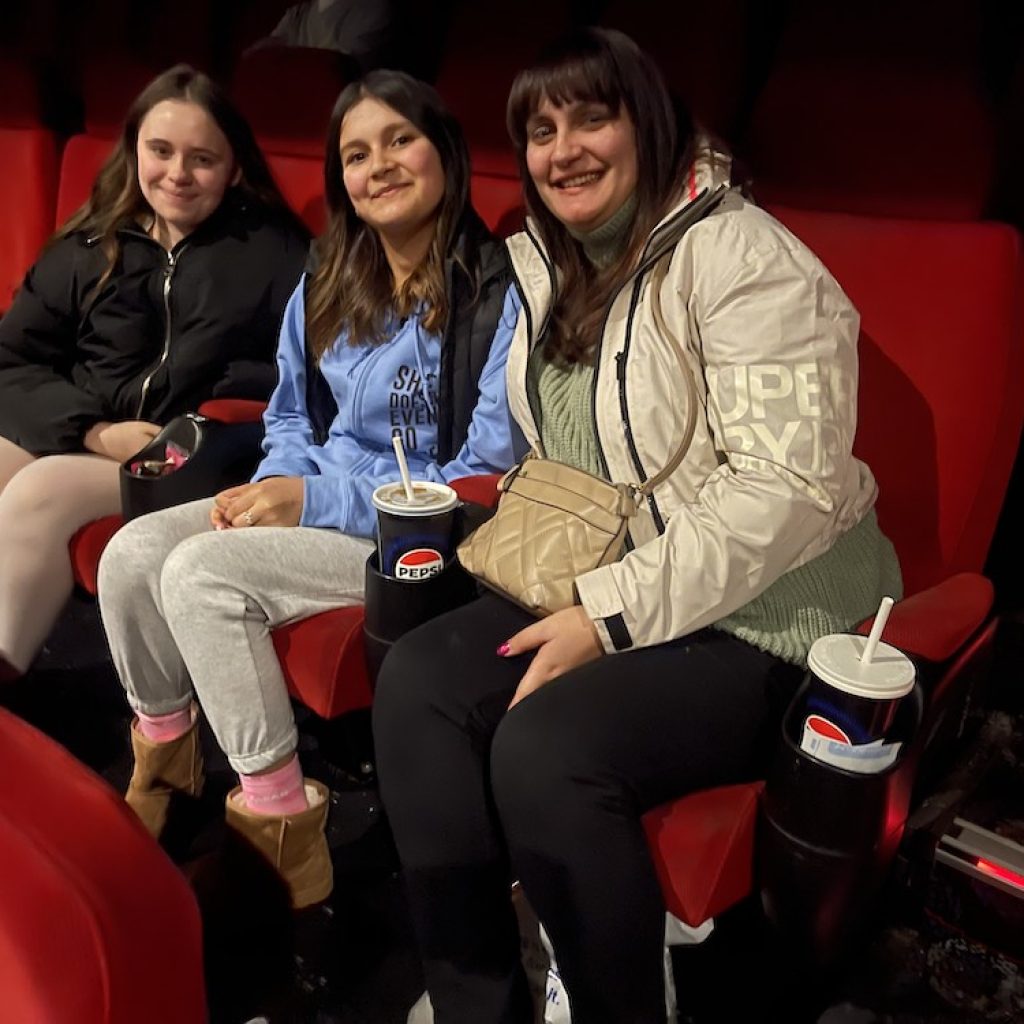
The camera swept around the lit auditorium, taking in the rich red curtain and ripple of audience anticipation. Live-streamers dived into the orchestra pit to see musicians warming up and the arrival of the conductor. The first exciting strike of the bow across the cello strings made a dramatic start to Cinderella, before the view panned out for the curtains to open.
Young ballet students Polina Goeva and Ellee Sutcliffe, watching Cinderella with Natasha Sutcliffe, greatly enjoyed the opportunity to see the ballet “zoomed in”, in particular closeup details of the costumes.
“It can be difficult to have the time to travel into London around work constraints, and it’s nice to be able to pop into our local cinema to watch the ballet. I’m enjoying the humour in Cinderella,” said Natasha Sutcliffe.
“It’s amazing to see the athleticism of the dancers up close,” enthused livestream viewers Mark Collins and Fiona Newport. “There are so many reasons watching ballet in the cinema is a great idea. It’s easy to get to, it’s a fraction of the price, the interviews and closeups are great, and the Jester in Cinderella was unbelievable!’
Royal Ballet soloist Daichi Ikarashi thrilled audiences with his skilful and vivacious portrayal of the jester in Cinderella. He offered Dance Informa readers this insight: “The biggest delight when we have our international cinema relays is that my family and friends back in Japan can watch without having to fly to London. Audiences have an enhanced theatrical experience when watching in cinema. There are more close-ups on facial expressions, and a different view from that in the auditorium. When preparing, I try to think of the show as being a regular performance. I don’t focus on the cameras being there, although of course they do bring an extra layer of excitement.”
Cinderella is a ballet in three acts, with music by Prokofiev and original choreography by Frederick Ashton. The Ashton style – often called the English style – was discussed in some detail during an interval interview with Gary Avis, responsible for staging.
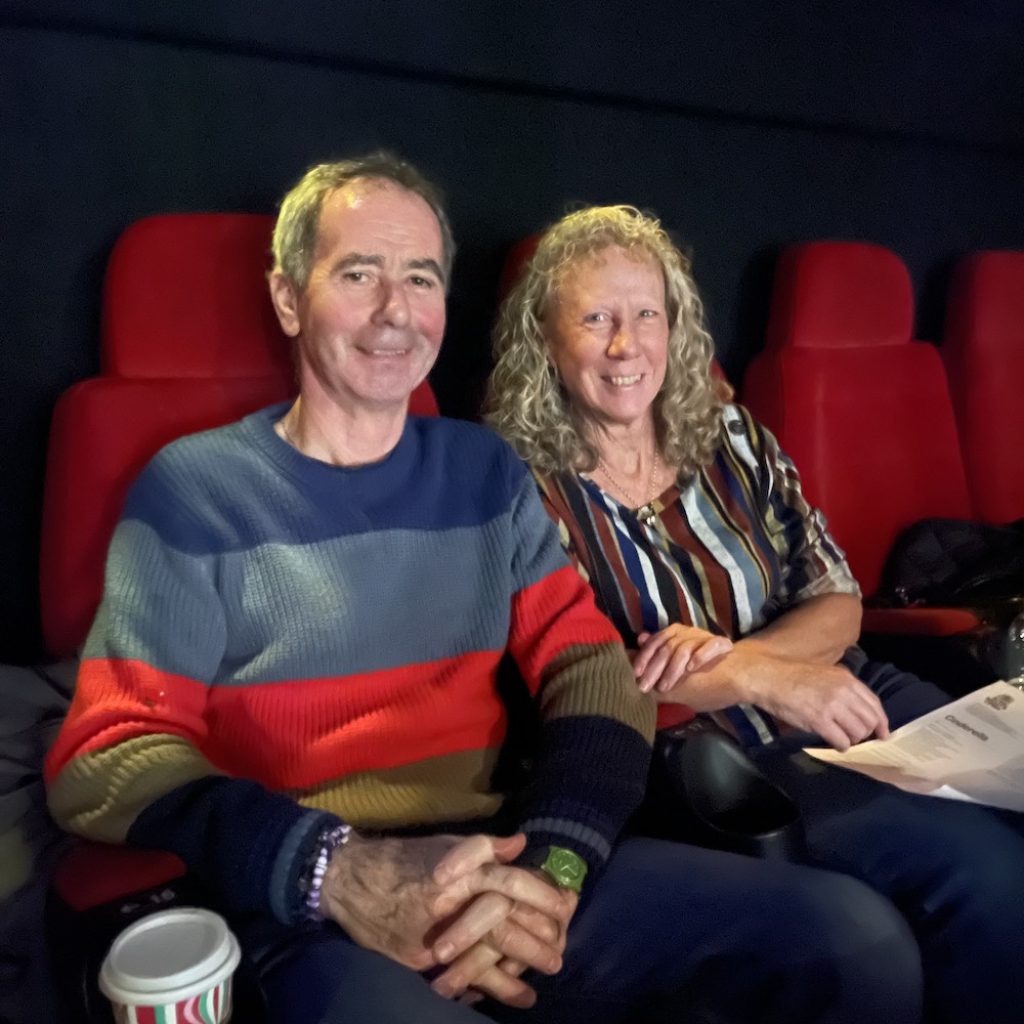
“The term ‘fleet of foot’ is often heard in relation to the Ashton style — intricate and precise footwork. Working further up the body, we need to have the most extravagant bend from the waist. You can’t have a better workout than doing a piece of Ashton choreography!”
Cinderella’s spoilt step-sisters have a lot of fun adding spice and flavour to the storyline. There is an inventive connection to flowers in the costuming by Alexandra Byrne, which can be explored in close detail on the big screen. The older step-sister’s costumes are based on a passion flower and the younger sister an orchid. The costumes cleverly blossom to be ready for the ball, and then wilt towards the end.
Bennet Gartside and James Hay playing the comedic step-sisters explained that choreographically the work as created by Sir Frederick Ashton in 1948, and first performed by himself with Robert Helpmann, remains the same, but workshops were held to discover how fresh dancers might develop, giving room for individuality in the modern world.
“I see my character as a bit more relatable to today’s influencers,” said James Hay.
Just before the curtain rose on the final act of Cinderella, there was a backstage explanation of the musical score composed by Prokofiev, depicting the clock ticking as time at the ball approaches midnight. The hands of the clock are also cleverly mirrored in Ashton’s choreography. Conductor, Jonathon Lo, discussed the fact that the score written by Prokofiev predates Ashton’s choreography and yet the two intertwine excellently together.
Lo attributed this partnership to Ashton’s musical choreography uniting so well with the existing score. He divulged that Prokofiev was a unique master of subtle flavour and had wanted to create a score where every part was danceable, and every instrument had a melody connecting to the narrative.
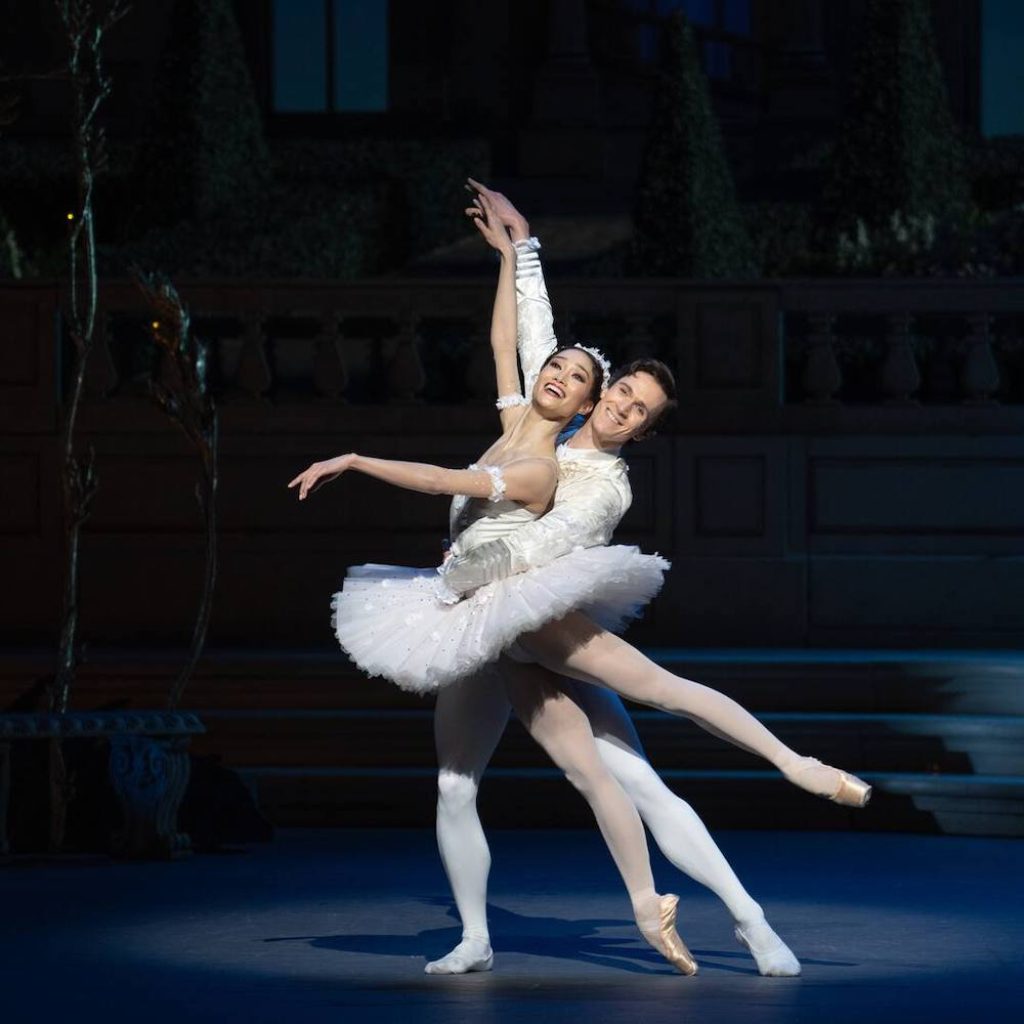
All that remained was to enjoy the last of the magic unfolding as the Prince fitted Cinderella with her lost shoe. As the credits rolled, the screen was alive with pop-up congratulatory messages from cinema viewers who had posted across various social media platforms.
Nicolette Howard on behalf of Picture House Uckfield said the cinema has been showing live ballet and opera since its 2008 launch. “We have a huge audience for it, with regular customers. It enables many people to experience live ballet and opera who can’t or don’t want to travel into London.”
James Tully, film and marketing manager at the Connaught Theatre, Worthing, said, “We are always busy at screenings. Bringing world class performances to smaller towns like Worthing is a great way to ensure as many people can access them as possible.”
In conclusion, what an overwhelming abundance of positive reasons to keep ballet relays on our cinema screens! What’s coming soon near you?!
For more information, visit www.rbo.org.uk/about/cinema-2425.
By Louise Ryrie of Dance Informa.


